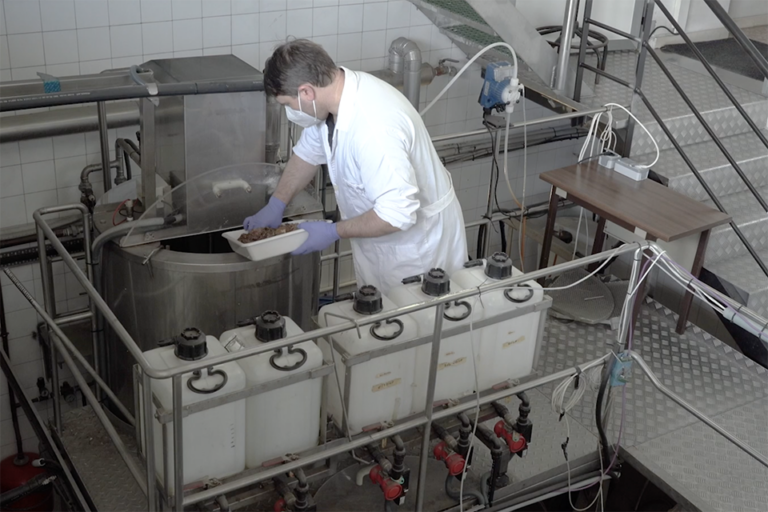
Responsibility
Circular economy: Hydrolysates of aquaculture byproducts as feed
In the latest GAIN article, fish scraps can be transformed into fish protein hydrolysates as a high-nutrient value addition to aquafeeds.
Responsibility
In the next article from the GAIN project, producing algae from smolt wastewater can increase salmon farms’ profits and maximize nutrient use.

Responsibility
In the latest GAIN article, fish scraps can be transformed into fish protein hydrolysates as a high-nutrient value addition to aquafeeds.
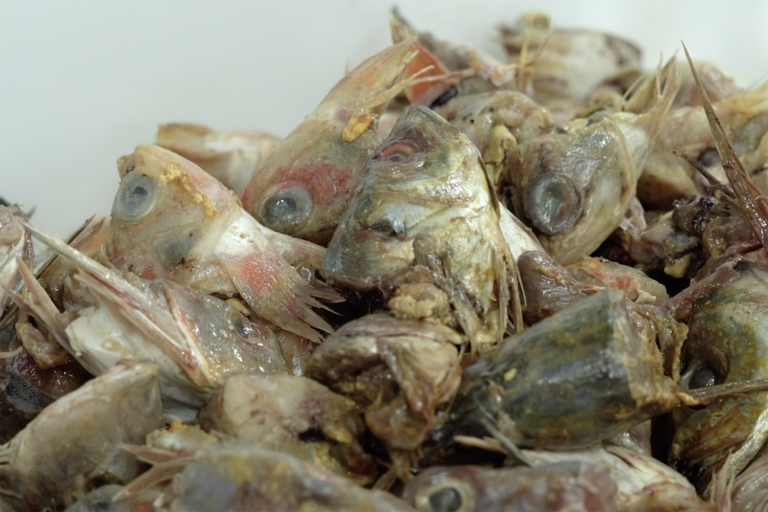
Responsibility
In the latest article from the GAIN project, implementing circular economy principles can help increase the sustainability of aquaculture production.
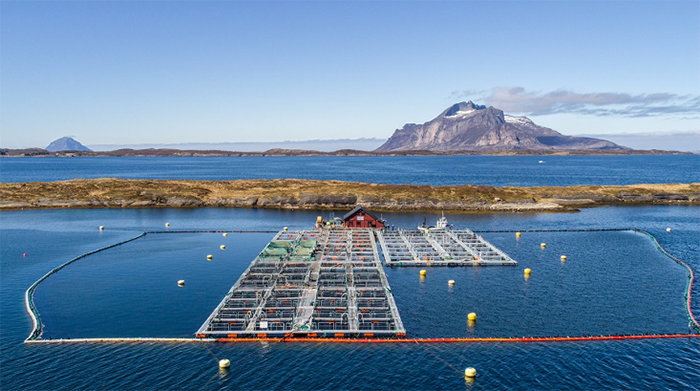
Aquafeeds
Sourcing alternative ingredients for aquafeeds based on sustainability and circular economy principles are viable solutions for aquaculture.
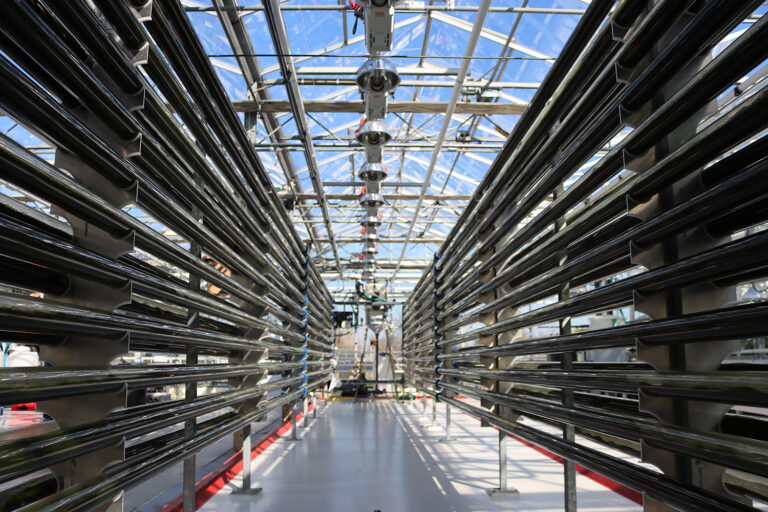
Aquafeeds
As seen through the GAIN project, adopting precision aquaculture tools improve feeding strategies and preventative measures for sea bass.
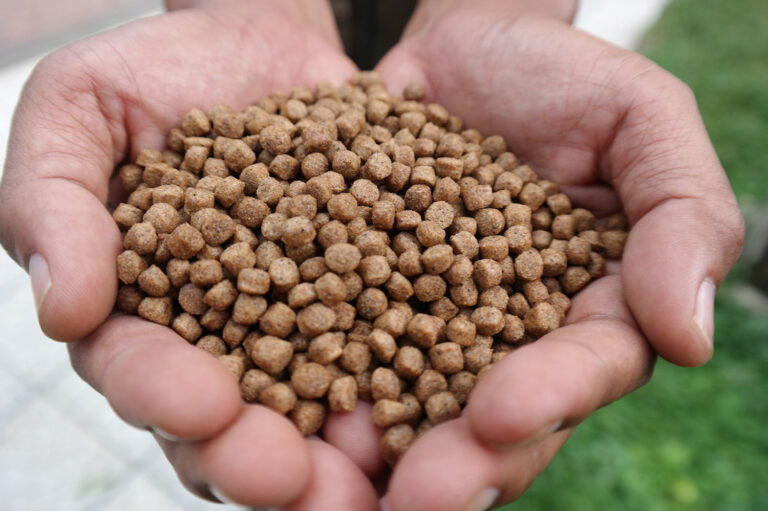
Aquafeeds
Improving aquafeed formulations can augment the sustainability and efficiency of aquaculture production – a new series from the GAIN project.
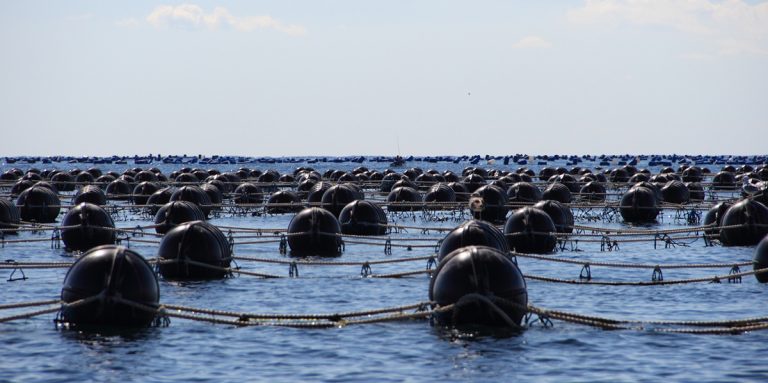
Intelligence
Integration of data sources for offshore bivalve aquaculture intensification, part of the GAIN project, funded by the EU Horizon 2020 Fund.
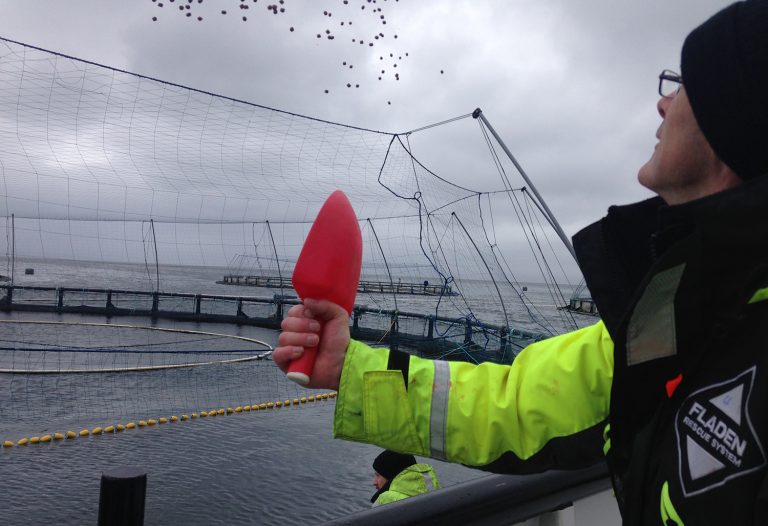
Intelligence
The GAIN project’s precision aquaculture series continues with a look at how data-driven insights into salmon behavior can aid farm management.
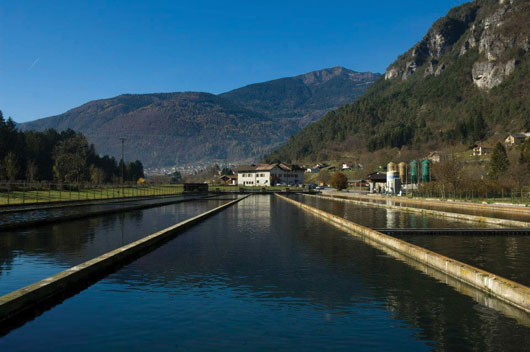
Intelligence
Dynamic modeling for oxygen optimization in trout leads to better welfare and production as part of GAIN, funded by the EU Horizon 2020 Fund.
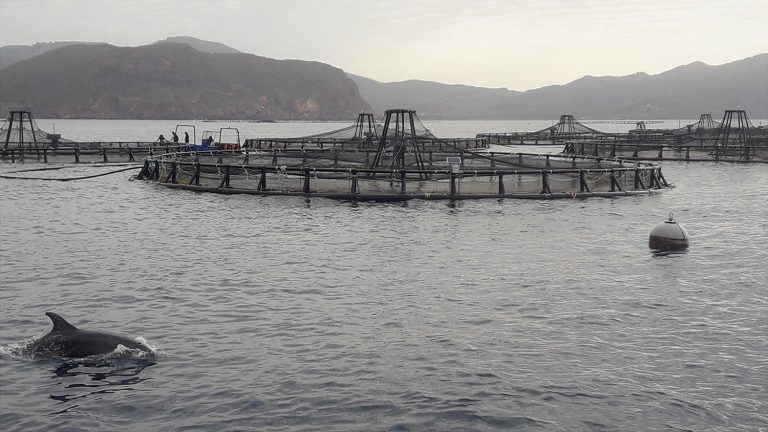
Intelligence
As seen through the GAIN project, adopting precision aquaculture tools improve feeding strategies and preventative measures for sea bass.
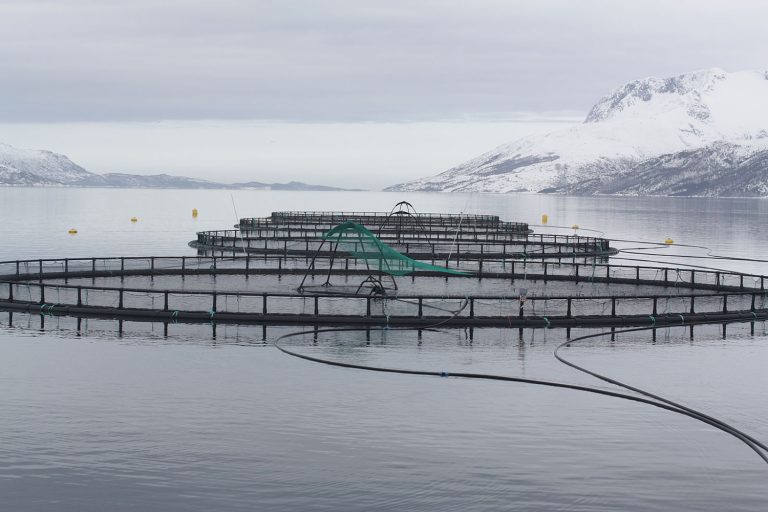
Intelligence
Adopting precision aquaculture can aid a farm’s integration with the community. Learn more in the first article from the GAIN project.